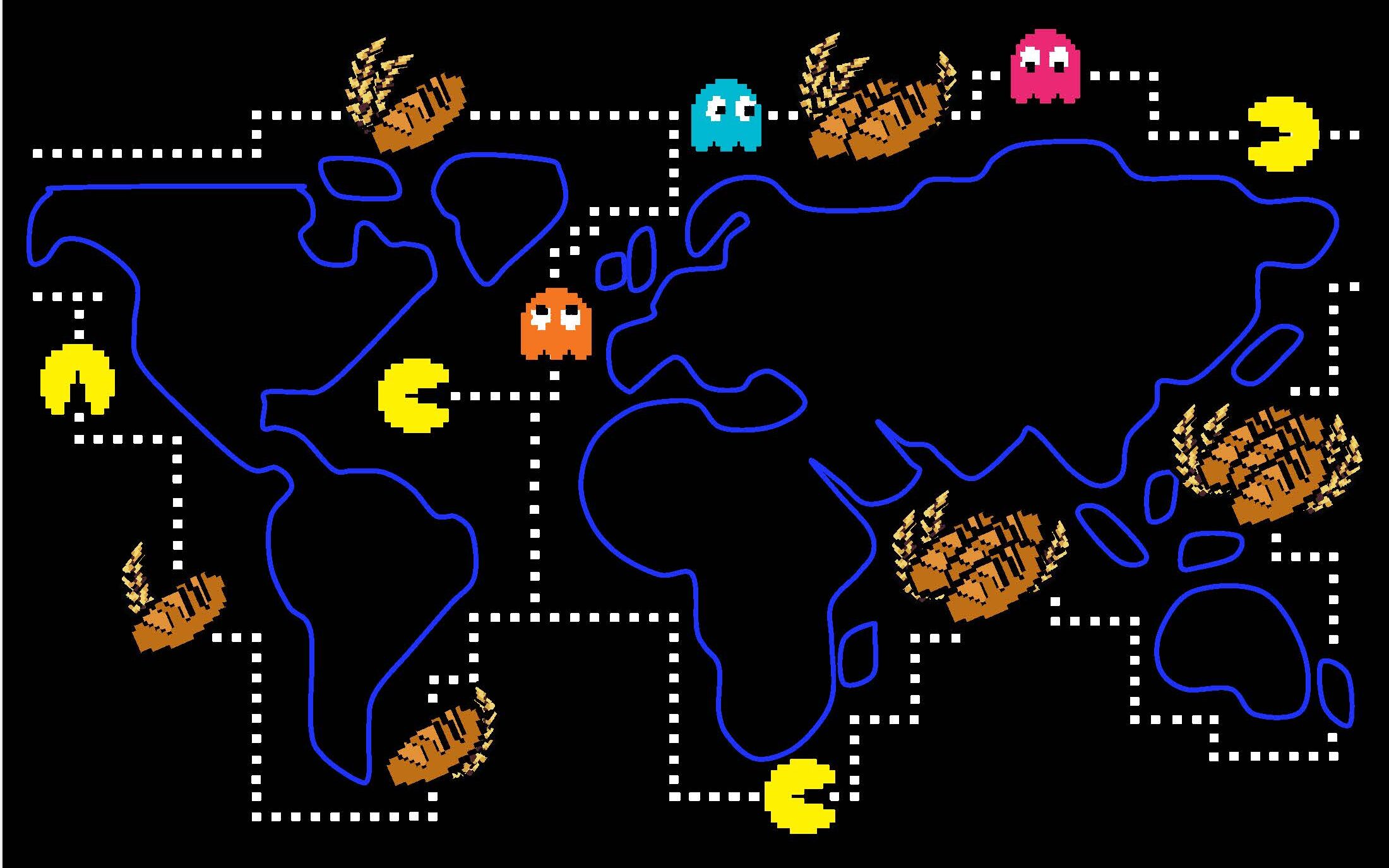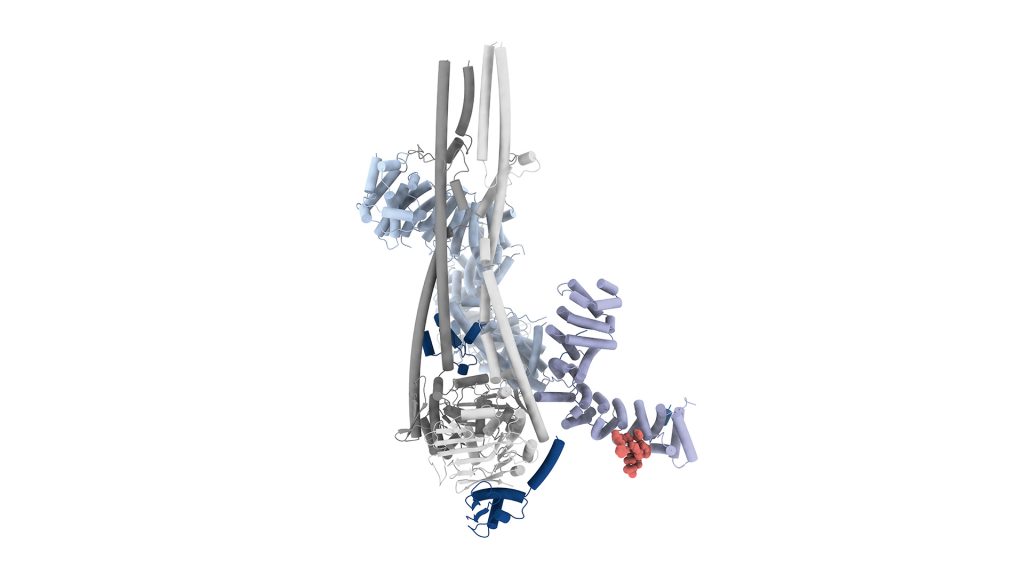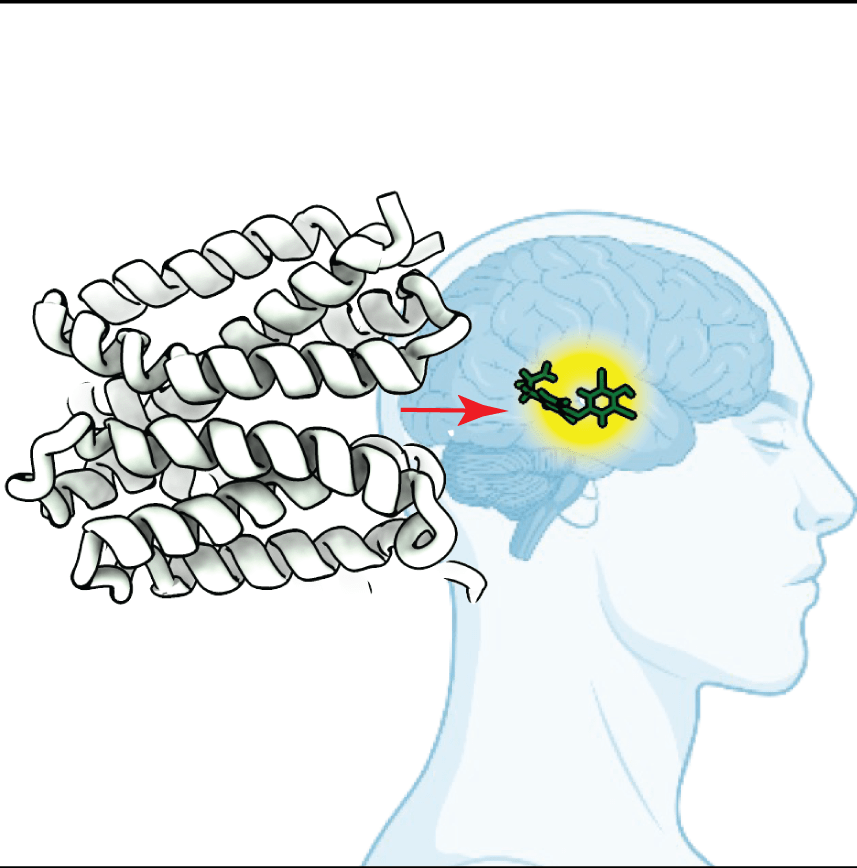The evolutionary history of amylase genes for starch digestion

A Nature study co-authored by HT researchers reveals that amylase genes required for starch digestion underwent multiple duplication and deletion events during human evolution and that agriculture favoured structures containing amylase gene duplications.
Our dietary habits have changed during the course of human evolution. Around 12,000 years ago, the advent of farming allowed humans to increase their consumption of starch-rich food. Human α-amylase enzymes, responsible for starch digestion, are encoded by three adjacent genes located in the amylase locus. During human evolution these three genes underwent extensive copy number variation, with an increased number of α-amylase gene copies being directly linked to an enhanced capacity for digesting starch. There remain open questions, for instance: How has the structure of the α-amylase gene been shaped by evolutionary processes?
HT researchers Davide Bolognini and Alessandro Raveane – co-first authors of the study – and Nicole Soranzo, in collaboration with colleagues at the University of California Berkeley and the University of Tennessee, exploited advancements in long-read DNA technologies and telomere-to-telomere genome assemblies (i.e the reconstruction of individual genomes at chromosome level) from the Human Pangenome Reference Consortium (HPRC) to resolve structural variants in α-amylase genes accurately.
The team utilised the genome assemblies to build a pangenome graph and developed a computational method that takes advantage of the graph to capture the genetic variation across the α-amylase locus. They identified 28 distinct α-amylase gene structures with a unique composition of gene copy numbers and explored their worldwide variation in modern human genomes.
Next, the researchers built phylogenetic trees to track and date the emergence of distinct α-amylase structures. Surprisingly, they found that identical α-amylase structures arose multiple times, and that different α-amylase genes were duplicated and deleted throughout human evolution. Finally, by studying ancient genomes from West Eurasia, the researchers found that haplotypes with higher gene duplications rapidly increased in frequency over the past 12,000 years. This can be attributed to positive selection for higher α-amylase gene copy numbers following the adoption of agriculture in Europe.
“In addition to finding evidence of positive selection in West Eurasian populations, haplotypes carrying higher amylase copy numbers were more commonly found in multiple other populations with traditionally agricultural subsistence worldwide. These results suggest that the selection for increased amylase copy number may have occurred several timesthroughout human history, coinciding with the several independent adoptions of agriculture. However, due to the scarcity of ancient samples from regions outside Europe, we were unable to infer potential selection related to other instances of agricultural adoption. More extensive sampling of diverse ancient genomes and modern long-read assemblies is needed to further test this hypothesis”, the authors say.
DOI: 10.1038/s41586-024-07911-1
Image credits: Stefania Brandini




